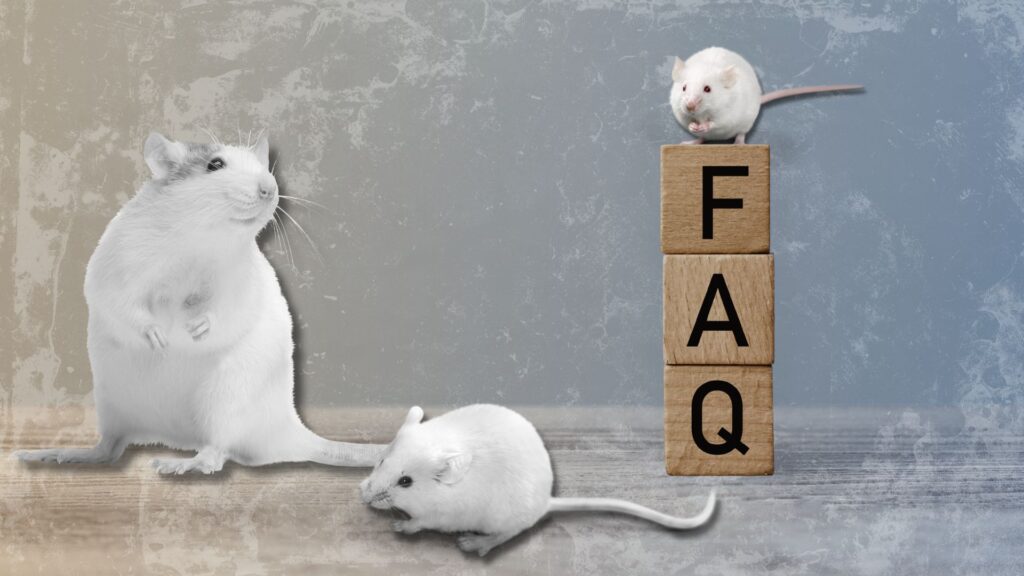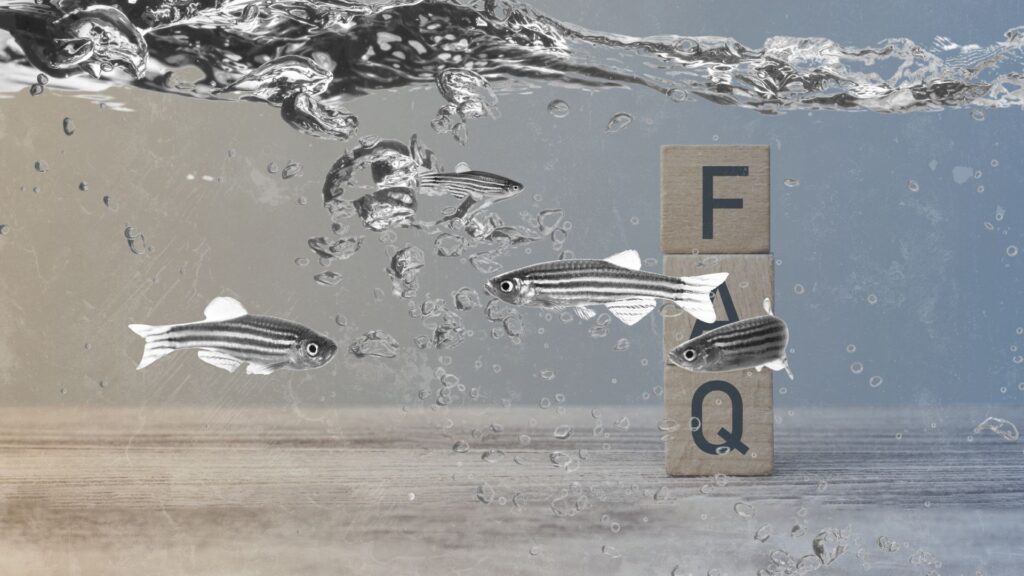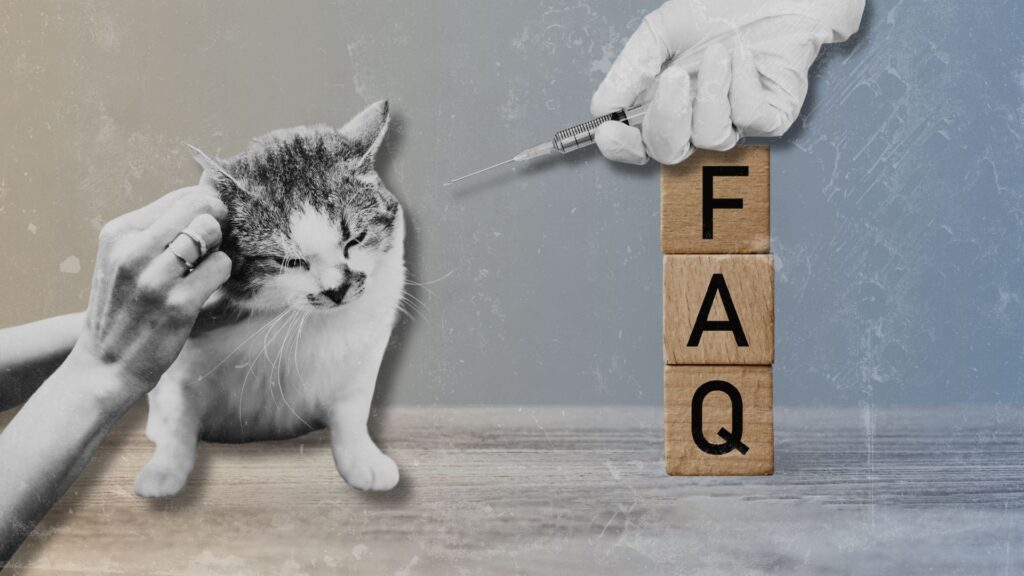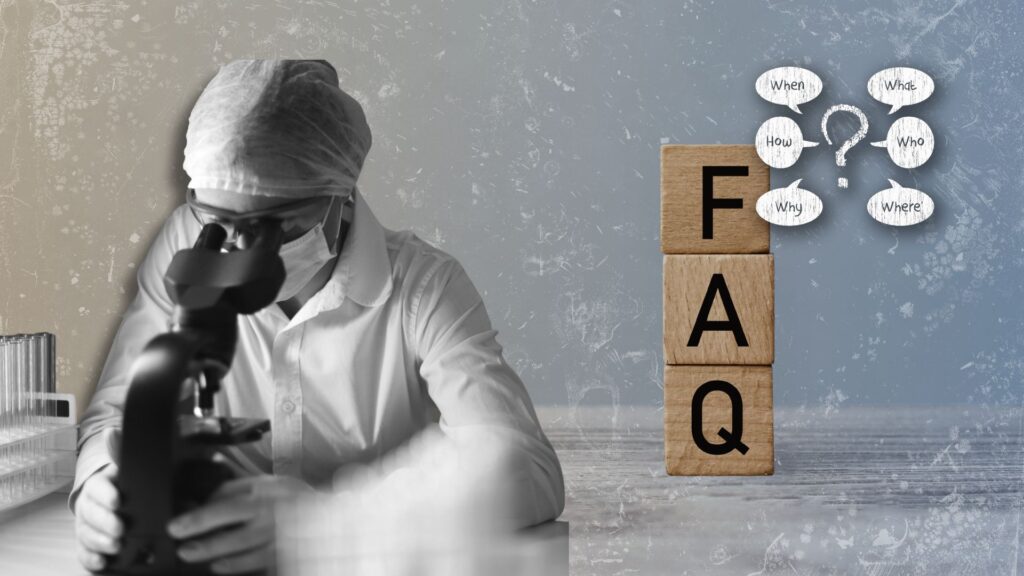






Examples include: the development of anaesthesia; bacteriology; germ theory; the stethoscope; morphine; radium; artificial respiration; antiseptics; the CAT, MRI, and PET scans; the discovery of the relationships between cholesterol and heart disease and between smoking and cancer; the development of x-rays; and the isolation of the virus that causes AIDS.
Animal testing played no role in these and many other similar developments. Clinical trials, the use of human volunteers, case studies, autopsy reports and statistical analyses permit far more accurate observation – as well as the use of actual environmental factors related to human disease.
Basic research can be conducted in a myriad of other ways. For more information please see here. Virtually all basic research in chemistry and physics (that led to the discoveries listed above) does not involve using sentient animals and many of the greatest discoveries that reduced the burdens of illness and disability came from these two fields.
The fact that animals were used does not necessarily mean that they were part of the scientific process that led to a medical discovery. In some cases, animal research has simply served to verify findings made from non-animal research and its contribution has been overstated.
Non-animal models may lack the integration and longevity of an intact organism. They are designed to stimulate human biology up to a certain level or organisation and complexity. However, despite the current limitations, they are superior to the inaccurate animal model. A whole living rat does not represent a whole living human.
The alternatives to animal testing are primarily based on biochemical assays, experiments in cells that are carried out in vitro and computational models and algorithms. These techniques are typically far more sophisticated and specific than traditional approaches to testing in whole animals, and many in vitro tests are capable of producing information about the biological effects of a test compound that are equally accurate and in some cases more accurate than the information collected from studies in whole animals*.
There are efforts underway to develop human body-on a-chip systems to integrate multiple organ systems*
*Humane Research Australia (2019). Better ways to do research.
*Li, Z.A., Tuan, R.S. Towards establishing human body-on-a-chip systems. Stem Cell Res Ther 13, 431 (2022). https://doi.org/10.1186/s13287-022-03130-5
Drugs have been developed in spite of animal research and not necessarily because of animal research; it may just so happen that there is the same outcome in a particular species (or even particular age or strain or gestational status) to which the results can be extrapolated similarly by chance. The same findings could have been found through alternative methods and in fact animal research may have delayed the discovery of cures through abandoned treatments found to be ineffective in animals.
Animal-Free Science Advocacy is not suggesting that medical associations and associated bodies do not have a genuine interest in curing diseases. However, perspectives on how this can be achieved are influenced by many factors; vested interests, support of the status quo, money (grant income for universities and institutions), career dependency and status are just some. Responsible parties don’t want to admit that have been sustaining an ineffective model (how can they explain that to the public who are donors, patients and tax payers?) and there are challenges with learning new research methods, changing engrained practice, the time taken to validate alternatives, technical issues in comparing results and pressure from peers not to speak out (see the videos Test Subjects and interview with Dr Ray Greek for more).
Research is approved by peer review not systematic reviews or meta-analysis which would result in greater scrutiny of research projects.
It should also be noted that many scientists and medical professionals do not support medical research and there are organisations comprised of medical professionals opposing animal research on scientific grounds, such as Physicians Committee for Responsible Medicine , Safer Medicines Trust and the Medical Research Modernization Committee, who agree that experiments on animals do not lead to cures for human disease.
Whilst the species difference is removed, Animal-Free Science Advocacy proposes that replacement methods also be used for veterinary research and education (for example, there are simulators that can be used for surgical training, or ethically sourced cadavers or supervised surgeries) and organs-on-a-chip can be used with animal cells to test veterinary applications*.
Only in the case of trailing treatments in ill animals for which there is no current cure would Animal-Free Science accept the use of animals suffering from the said condition as veterinary research.
Some veterinary research is focused on increasing the productivity of animals or sustaining industry standards, rather than for the health and well-being of animals, to which Animal-Free Science objects. An example is here.
It is immoral and illegal to use humans without their consent – as per the Helsinki Declaration and Nuremberg Code. Aside from the ethical argument, there are scientific factors. Stressed people (like stressed animals) who are otherwise physically healthy do not respond to medication in the same way as real patients (i.e. people with existing disease). People in jail are not representative of the general population and no substitute for a personalised approach to medicine. Read more in our blog post.
This is a moral issue which society needs to consider and on which Animal-Free Science Advocacy has no position.
However, scientists discovered that a mature fully specialised cell, for example a human skin cell, in the right conditions could be induced to mimic the characteristics of an embryonic stem cell. These are known as induced pluripotent stem cells (iPS cells)*. iPS cells have the potential to replace animals in some research.
*Humane Research Australia (2019). Better ways to do research.
Non-animal methods are rarely used in isolation for biomedical research, in part due to regulatory expectations, so it is difficult to attribute a cure to non-animal research.
However, in terms of research outcomes, progress in understanding AIDS has come from clinical, epidemiological, and in vitro studies.
Some significant findings from in vitro testing include cancer screening treatments, testing drugs with biochips, and replicating human skin for research. In vitro models of the brain and the blood-brain barrier are being used for studies of neurotransmitter pathways, electrophysiological characteristics, morphological associations of human diseases (i.e., Alzheimer’s, Parkinson’s, Huntington’s, and epilepsy), new drug designs, receptor targets, and modes of action of new pharmaceuticals.
In 2022. Sanofi received FDA authorization for a clinical trial testing an antibody for a rare neuromuscular disease using efficacy data only from an organ-on-chip system from Hesperos. It was one of the first drugs to move to human trials on the basis of efficacy data entirely from organoid systems. Further examples illustrating the contribution of non-animal methods to drug development can be found here.
Basic research is held to a lower standard than clinical research and is often to satisfy scientific curiosity and develop hypothesis that are in reality unfortunately not translatable to humans and simply lead to more research and more publications. Clinical relevance is poor. For example, one study found that fewer than 10% of highly promising basic science discoveries enter routine clinical use within 20 years*.
Contopoulos-Ioannidis DG, Ntzani E, Ioannidis JP. Translation of highly promising basic science research into clinical applications. Am J Med. 2003 Apr 15;114(6):477-84. doi: 10.1016/s0002-9343(03)00013-5. PMID: 12731504.
The majority of biomedical research is conducted on rodents and fish. Regardless of the species and the classification we afford them, there are ethical and scientific concerns. It is unacceptable to justify their use in research by comparison with other inhumane treatments of that species outside of the laboratory context. The collective evidence is now robust enough that biologists and veterinarians increasingly accept fish pain as a reality*. Whilst fish may not typically evoke the same empathy that a cat or dog would, they have a right to be protected from harm.
There is no legal requirement for animal experimentation in basic research, nor for it to be part of education and training. However, Government regulators require that new consumer products, medicines, and industrial and agricultural chemicals are tested to identify potential dangers to human and animal health, as well as to the environment. For some product types (drugs and vaccines, biologicals), this includes testing for efficacy as well as safety (toxicity). Before a drug can be marketed in Australia, it must be evaluated by the Therapeutic Goods Administration (TGA). Whilst the TGA Act does not mandate animal testing, the underlying guidelines often imply that animal test data is expected. For example, one of the stages in the evaluation process is to evaluate animal pharmacology and toxicology data. A drug sponsor may request a waiver where validated alternatives exist or there is no animal model to mimic the disease under investigation. For more information, see here.
Macaques and marmosets are commonly used for research in the fields of neurological, cognition, vision research or HIV research. Baboons are used for diabetes, pregnancy hypertension, cardiovascular disease and kidney disease research. Baboons are also used for animal- to animal xenotransplantation. Examples can be found in our case studies. Animal-Free Science Advocacy also draws to attention unethical research involving international companies. For example, Animal-Free Science Advocacy joined UK organisation Action for Primates in condemning infant formula research in which baby monkeys were killed, as a cruel and callous waste of life. Twenty-three female rhesus macaques suffered the trauma and loss of having their babies taken from them and 23 baby monkeys were purposefully killed at 6 months of age for a human infant milk formula that is already on the market. The study was funded by Abbott Nutrition and the US National Institutes of Health.
Our everyday language can intentionally or unintentionally reinforce the acceptance of animal experimentation.
We inadvertently objectify non-human animals whenever we refer to them as “it”. When we instead refer to an animal as “they” it acknowledges that we are not talking about an object but a living being. When we objectify animals, it makes it a lot easier for humans to justify animal experimentation.
Calling animals that are used in laboratories “laboratory animals” or “lab animals” is a commonly used term that has imbedded itself into our everyday vernacular.
However, this can be problematic as it implicitly reduces an animal’s identity down to its utility and defines the animal as existing merely for the purposes of being used for experimentation in laboratories. This framing reinforces the normalisation of animals being used for scientific research and education.
As an antidote to this, try saying “animals in laboratories”. And whenever possible address the animal by their species for example “mice used in experimentation”.
Sometimes we avoid calling things by their name and we use words in ways that are inaccurate. This approach is used to minimise the implications of actions. For example:
“The dogs were euthanised at the end of the testing period” instead of “dogs were killed after they were no longer of use for testing purposes”. The nuance may be subtle but can make a big difference in our perception of a situation, with the term sacrifice implying that it was for a greater good.
Terminology evolves. For example, editors of the Journal of Animal Ethics have asked prospective authors to replace the word ‘pet’ with the word ‘companion animal’. Animal-Free Advocacy chooses to use the term ‘animal membership’ for our symbolic animal membership as opposed to ‘pet membership’ and uses the terminology animal companion or animal friend.
The terminology we use to describe animal-free research methods is explained here.
This is based on the assumption that animal welfare standards are worse overseas. In some cases, they may well be, however equally there are cases where we can learn from overseas jurisdictions rather than the other way around.
For countries where animal welfare laws are absent or poorly administered, Australia should lobby for higher standards. If research quality in animal research is as high as claimed, and animal welfare directly correlates to the quality of research conducted, then surely Australian researchers would not want to outsource to such countries in any case?
Poor practices occur in animal laboratories occur in many countries, including those who argue that they have robust animal welfare laws such as the US and EU (1). There is never a guarantee of high animal welfare or high impact research. It should also be noted that Australian pharmaceutical companies heavily outsource their animal research overseas already.
There is a global need to transition away from animal research. However, Australia can only start by reducing the use of animals in our own jurisdiction and communicating effectively why this is needed, which could potentially impact on other countries. If Australia and other leading biomedical research countries simply continue using animals because we feel the research may be conducted to a lower standard elsewhere, then nothing will change.
Read our blog for further insight into this question.
Read an article examining cross-border displacement of animal research below:
Müller ND. Why Not Phase Out Animal Experimentation? Considering Objections from Freedom of Inquiry and Cross-Border Displacement. Cambridge Quarterly of Healthcare Ethics. Published online 2024:1-16. doi:10.1017/S0963180124000288
(1) https://www.humanesociety.org/sites/default/files/docs/HSUS_Inotiv-Investigation-Report.pdf
https://www.theguardian.com/environment/2021/apr/12/animal-testing-suspended-at-spanish-lab-after-gratuitous-cruelty-footage